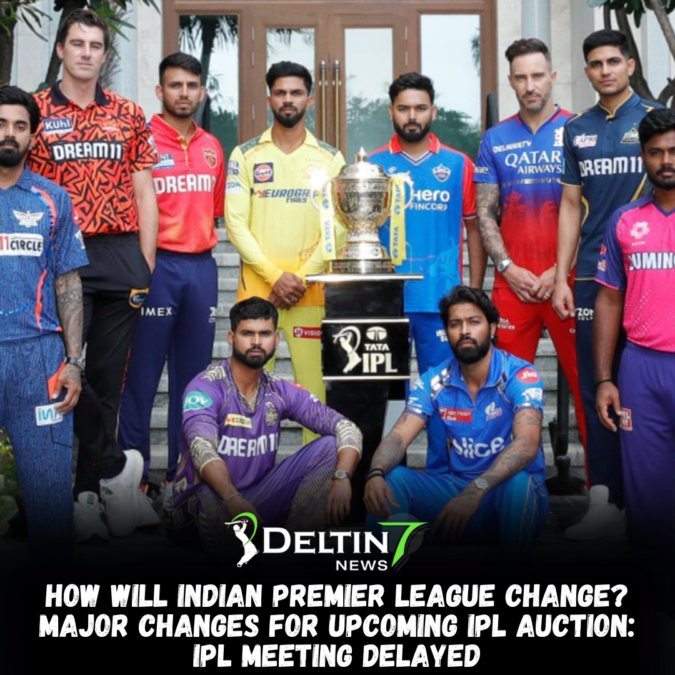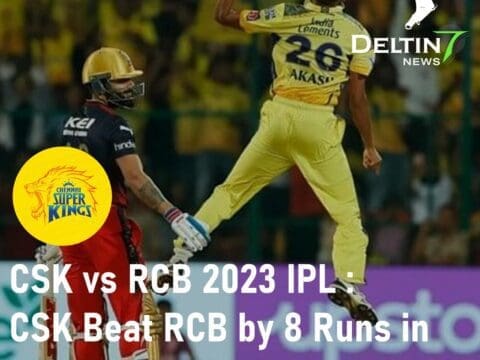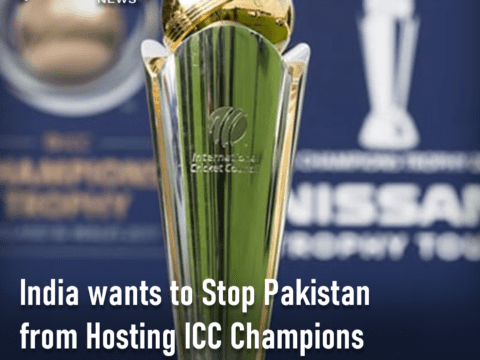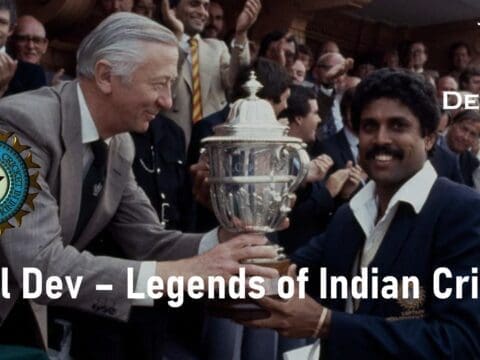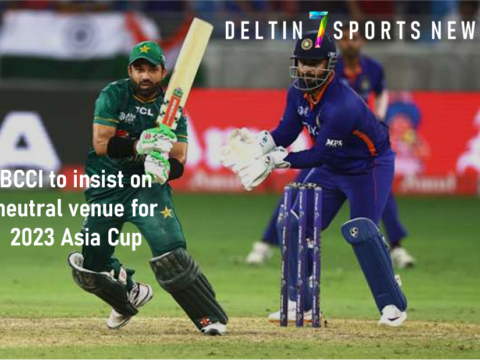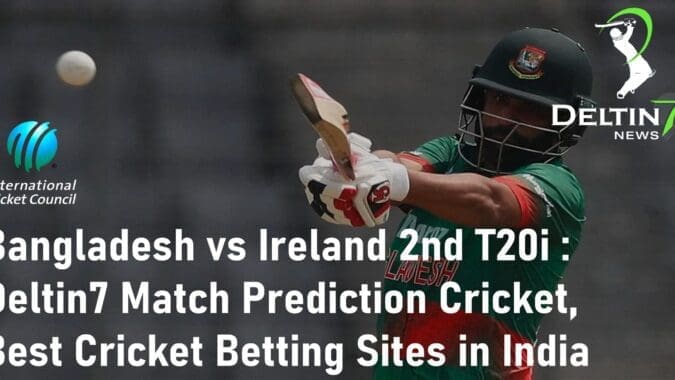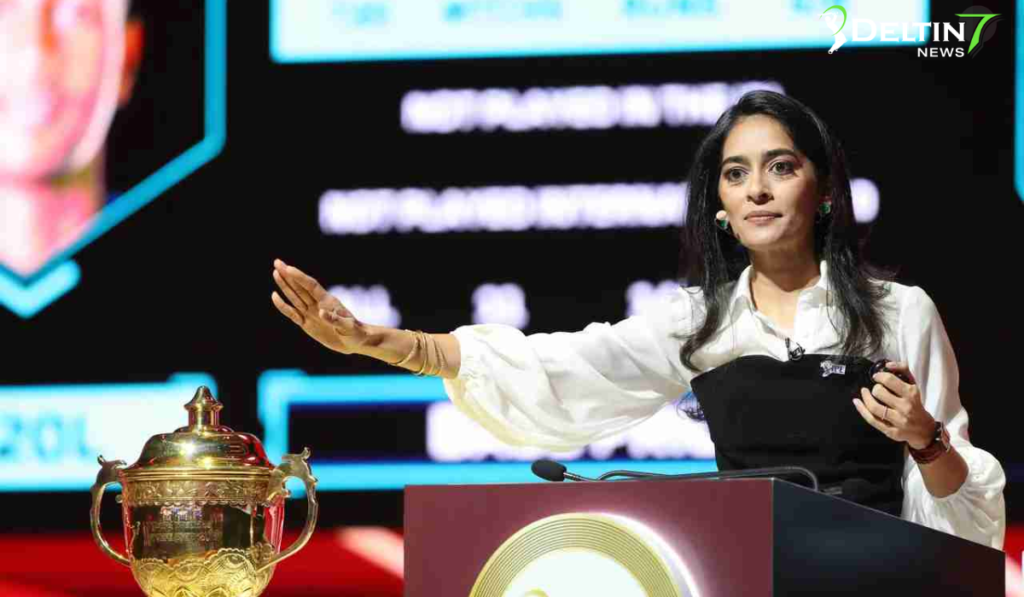
How will Indian Premier League Change? Major Changes for Upcoming IPL Auction: IPL Meeting Delayed
Amid the excitement of cricket balls and the cheer of the crowds, recent developments within the IPL’s strategic circles have sparked a conversation ripe with speculation, analysis, and anticipation among its ardent followers.
The Strategic Pause: Rescheduling the IPL Owners’ Meet
Originally slated for a bustling gathering in Ahmedabad on April 16, the IPL franchise owners’ meeting found itself deferred, courtesy of a strategic pivot in the IPL calendar by the Board of Control for Cricket in India (BCCI). This pause in proceedings has left the cricketing fraternity abuzz, wondering about the future trajectory of the league. The BCCI, in its communication with franchise owners, cited adjustments in the IPL programme as the reason behind this postponement, leaving the air thick with speculation and the cricketing community on tenterhooks for a new date.
The Core of the Discussion: Retentions and the RTM Quandary
Central to the agenda of the now-postponed meeting was a discussion poised to potentially reshape the IPL landscape: the policy on player retentions and the size of the player purse for the upcoming mega-auction. The current framework allows franchises to retain up to four players, with a purse cap set at a substantial Rs 100 crore. However, murmurs within the cricketing corridors suggest a desire for change, with some advocating for a dramatic reduction in direct retentions and an expansion of the Right To Match (RTM) options.
The RTM Dynamics: A Blend of Strategy and Uncertainty
The RTM option, a strategic lever that allows franchises to match the bid for a player they previously owned, is at the heart of this debate. Proponents argue that expanding RTM options could usher in an era of enhanced transparency and market-driven player valuations, potentially curbing the shadows of under-the-table payments. The method presents a fascinating blend of strategy and risk, with franchises possibly engaging in price inflations to retain their key players, albeit at the risk of shouldering an unexpectedly high cost.
A Divided House: The Debate Over Retention Strategy
The proposition on the table suggests a radical shift to a single retention complemented by a substantial increase in RTM options, from the current four retentions. This idea, however, finds itself at the crossroads of varying opinions among franchise owners, with some pushing back against diluting the retention model. The BCCI’s stance remains a closely watched variable, with its decision-making process under the microscope as it navigates the diverse interests and strategic imperatives of the IPL ecosystem.
The Underlying Tension: Balancing Tradition with Innovation
As the discourse unfolds, the underlying tension between maintaining the IPL’s core values and embracing strategic innovation becomes evident. The retention policy, beyond its tactical implications, touches on deeper themes of loyalty, team identity, and fan engagement, with franchises keen on preserving their marquee players as embodiments of their ethos and heritage. Conversely, the push for a more RTM-centric model underscores a drive towards transparency, competitive balance, and financial prudence.
Looking Ahead: An Uncertain but Exciting Future
As the cricketing world awaits the rescheduled meeting with bated breath, the debates around retentions and RTM options serve as a testament to the IPL’s dynamic nature. This strategic interlude, while momentarily pausing the hustle of cricketing action, invites fans and strategists alike to envision the future contours of the league. Will the IPL veer towards a more fluid, market-driven model, or will it hold firm to the traditions that have endeared it to millions? Only time will tell, but one thing remains clear: the IPL continues to be a crucible of innovation, passion, and unparalleled cricketing excitement, firmly holding its place in the hearts of the Indian populace.


